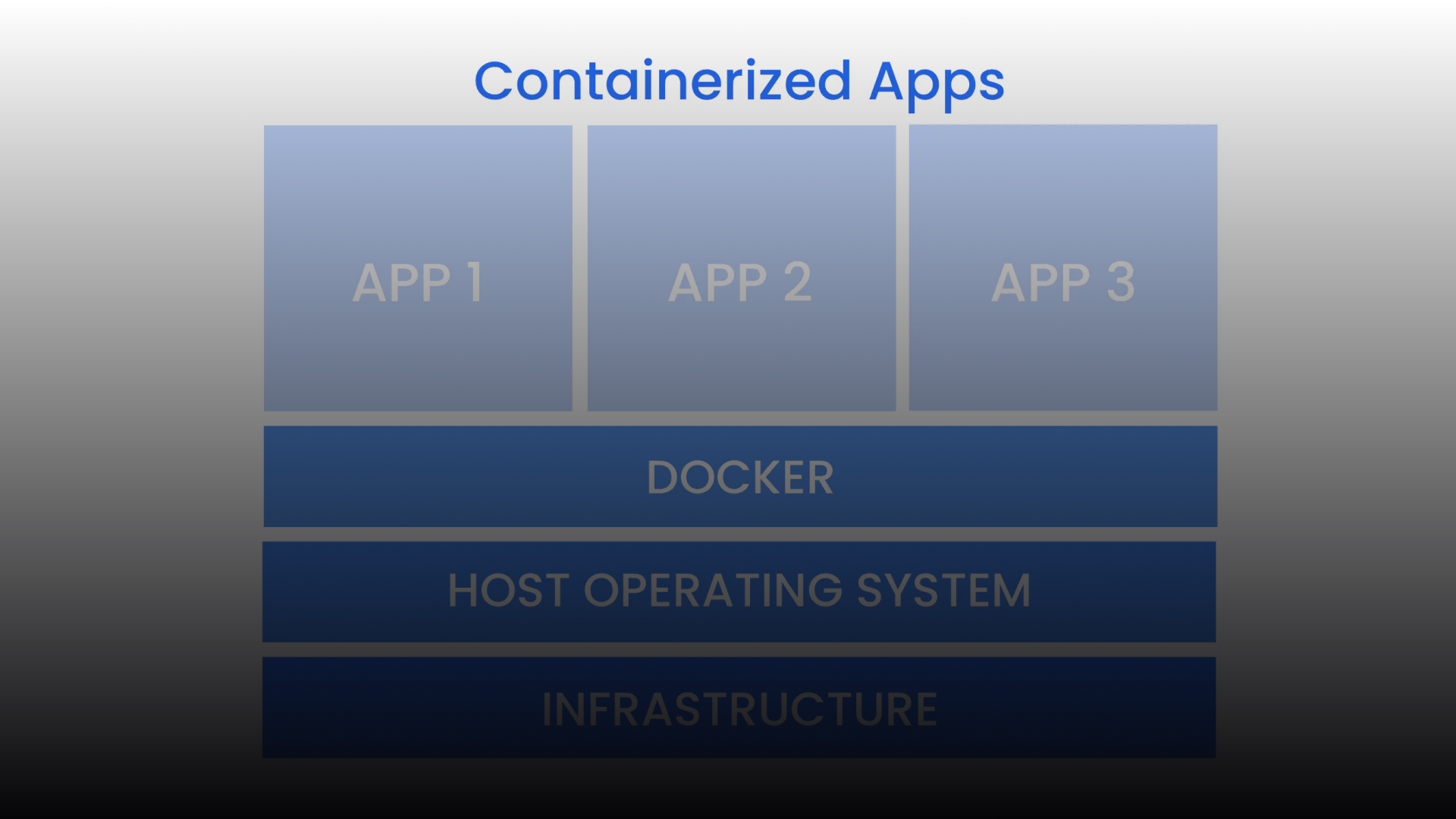In the ever-evolving landscape of software development, containerization has emerged as a transformative technology, revolutionizing the way applications are built, deployed, and managed. This guide aims to demystify the basics of containerization, providing a comprehensive understanding of its key concepts and the benefits it brings to the world of software development.
What is Containerization?
At its core, containerization is a lightweight form of virtualization that encapsulates an application and its dependencies into a single, portable unit known as a container. Unlike traditional virtualization, which virtualizes an entire operating system, containerization virtualizes the application and its runtime environment, making it highly efficient and portable across different environments.
Key Components of Containerization:
- Docker: Docker is a leading platform for containerization, allowing developers to package applications and their dependencies into containers. These containers can run consistently across various environments, eliminating the infamous “it works on my machine” problem.
- Container Images: A container image is a lightweight, standalone, and executable package that includes everything needed to run a piece of software, including the code, runtime, libraries, and system tools. Images serve as the blueprint for containers.
- Container Orchestration: Container orchestration tools, such as Kubernetes, help automate the deployment, scaling, and management of containerized applications. They ensure that containers are efficiently distributed across a cluster of machines and provide features like load balancing and auto-scaling.
Advantages of Containerization:
- Consistency: Containers ensure consistency across different environments, from development to production, reducing the likelihood of “it works on my machine” issues.
- Isolation: Containers encapsulate applications and their dependencies, providing a level of isolation. This makes it easier to manage dependencies and avoids conflicts between different applications running on the same host.
- Portability: Containerized applications can run on any system that supports the container runtime, making them highly portable. This portability is especially valuable in multi-cloud and hybrid cloud environments.
- Scalability: Container orchestration tools enable the seamless scaling of applications based on demand. Containers can be easily replicated and distributed, allowing for efficient utilization of resources.
Conclusion:
In conclusion, understanding the basics of containerization is essential for staying at the forefront of modern software development. By embracing containerization, developers can achieve greater consistency, portability, and scalability in their applications. As containerization continues to gain traction in the industry, its impact on streamlining development processes and improving deployment efficiency cannot be ignored. Dive into the world of containerization and unlock the potential for more agile and efficient application development.

